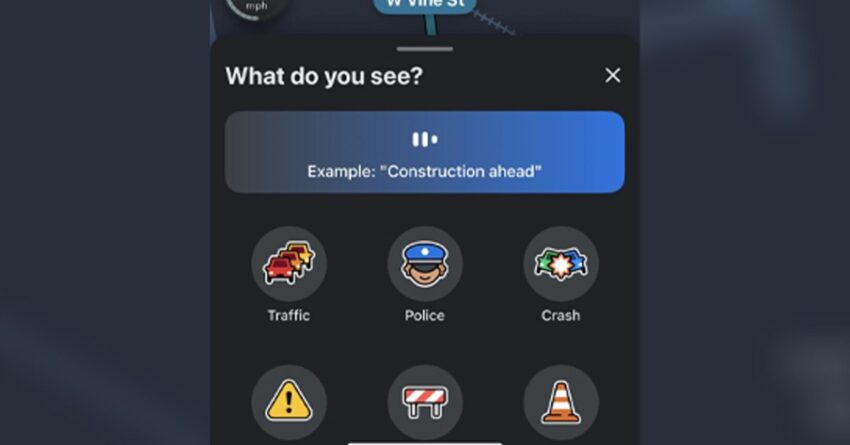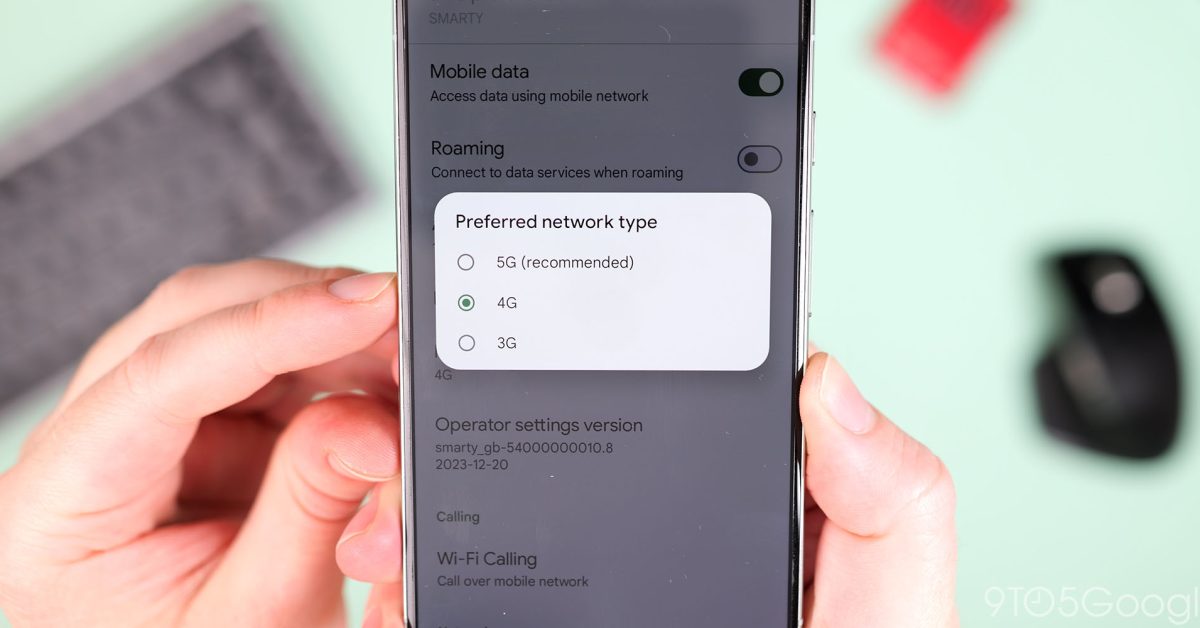
waze rolls out conversational reporting to report Waze has officially launched its much-anticipated “Conversational Reporting” feature, enabling users to report road hazards using voice commands.
waze rolls out conversational reporting to report
Introduction to Conversational Reporting
Waze, the popular navigation app known for its user-generated traffic and road condition updates, has introduced a new feature that aims to enhance the driving experience. The “Conversational Reporting” feature allows users to report various road hazards, such as accidents, potholes, and other obstacles, simply by using their voice. This functionality is designed to make it easier for drivers to contribute to the Waze community while keeping their hands on the wheel and their eyes on the road.
Background of the Feature
The announcement of the Conversational Reporting feature was made over a year ago, and its rollout has been highly anticipated by Waze users. The feature is part of Waze’s ongoing efforts to improve user engagement and safety on the roads. By allowing users to report hazards verbally, Waze aims to streamline the process of sharing critical information that can help other drivers avoid potential dangers.
Voice commands have become increasingly popular in various applications, particularly in the realm of navigation and smart technology. As more drivers rely on hands-free solutions, Waze’s new feature aligns with broader trends in technology that prioritize safety and convenience. The integration of voice reporting is expected to enhance the app’s functionality and encourage more users to participate in real-time reporting.
How Conversational Reporting Works
The Conversational Reporting feature utilizes advanced voice recognition technology to interpret user commands. Here’s how it works:
- Activation: Users can activate the feature by simply saying a designated phrase or tapping a button within the app.
- Voice Commands: Once activated, users can verbally report various types of hazards, including:
- Accidents
- Road closures
- Potholes
- Police presence
- Construction zones
- Confirmation: After the report is made, the app will confirm the submission, ensuring that users know their input has been received.
This streamlined process is designed to minimize distractions while driving, allowing users to contribute to the Waze community without needing to interact with their devices in a conventional manner. The feature is particularly beneficial for those who may find it challenging to type or navigate the app while driving.
Implications for Road Safety
The introduction of Conversational Reporting has significant implications for road safety. By facilitating easier reporting of hazards, Waze can potentially reduce the number of accidents caused by unreported road conditions. When drivers are able to quickly communicate issues they encounter on the road, it allows other users to receive timely warnings and adjust their routes accordingly.
Moreover, the feature encourages a culture of community engagement among Waze users. By empowering drivers to share information, Waze fosters a sense of responsibility and collaboration. This communal approach to road safety can lead to more informed driving decisions and a greater awareness of local conditions.
Stakeholder Reactions
The rollout of the Conversational Reporting feature has garnered a range of reactions from stakeholders, including users, safety advocates, and industry experts.
User Feedback
Initial feedback from users has been largely positive. Many drivers appreciate the convenience of being able to report hazards without needing to stop or take their hands off the wheel. Users have expressed excitement about the potential for increased safety on the roads, as well as the ease of contributing to the Waze community.
However, some users have raised concerns about the accuracy of voice recognition technology. While advancements have been made, there are still instances where voice commands may not be interpreted correctly. Waze has acknowledged these concerns and is continuously working to improve the technology behind the feature.
Safety Advocates
Safety advocates have also weighed in on the new feature. Many view it as a positive step toward enhancing road safety, particularly in urban areas where hazards can change rapidly. The ability to report issues in real-time can help prevent accidents and promote safer driving practices.
However, some advocates caution that while technology can aid in reporting hazards, it should not replace traditional safety measures. They emphasize the importance of remaining vigilant while driving and not relying solely on apps for road safety information.
Technical Considerations
The development of the Conversational Reporting feature involved significant technical challenges, particularly in the realm of voice recognition. Waze had to ensure that the system could accurately interpret a wide range of commands in various driving conditions, including background noise and different accents.
To address these challenges, Waze has invested in advanced machine learning algorithms that enhance the accuracy of voice recognition. The app is designed to learn from user interactions, improving its ability to understand commands over time. This continuous improvement process is crucial for maintaining user trust and ensuring the feature’s effectiveness.
Future Developments
Looking ahead, Waze has plans to expand the capabilities of the Conversational Reporting feature. Future updates may include additional voice commands for reporting other types of incidents or conditions, as well as enhancements to the app’s overall functionality.
Waze is also exploring the integration of artificial intelligence to provide users with more personalized experiences. For instance, the app could potentially analyze a user’s driving patterns and offer tailored suggestions for reporting hazards based on their typical routes.
Conclusion
The rollout of Waze’s Conversational Reporting feature marks a significant advancement in the app’s commitment to enhancing road safety and user engagement. By enabling drivers to report hazards using their voice, Waze is not only improving the user experience but also fostering a collaborative community focused on safety. As technology continues to evolve, Waze’s innovative approach may set a new standard for navigation apps and their role in promoting safer driving practices.
Source: Original report
Was this helpful?
Last Modified: October 6, 2025 at 11:06 pm
1 views















